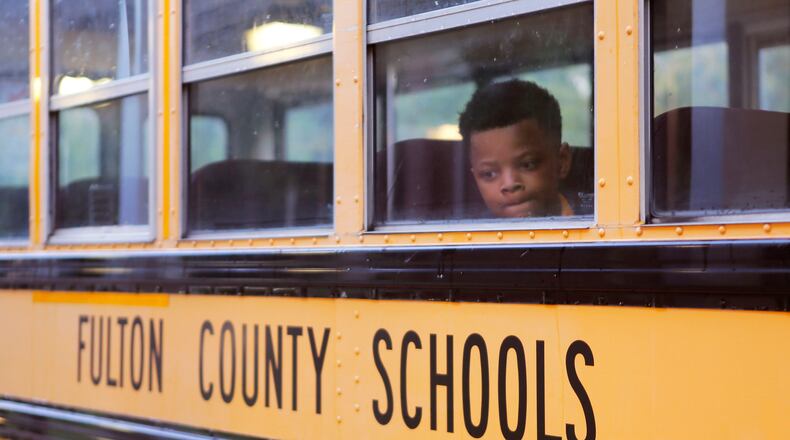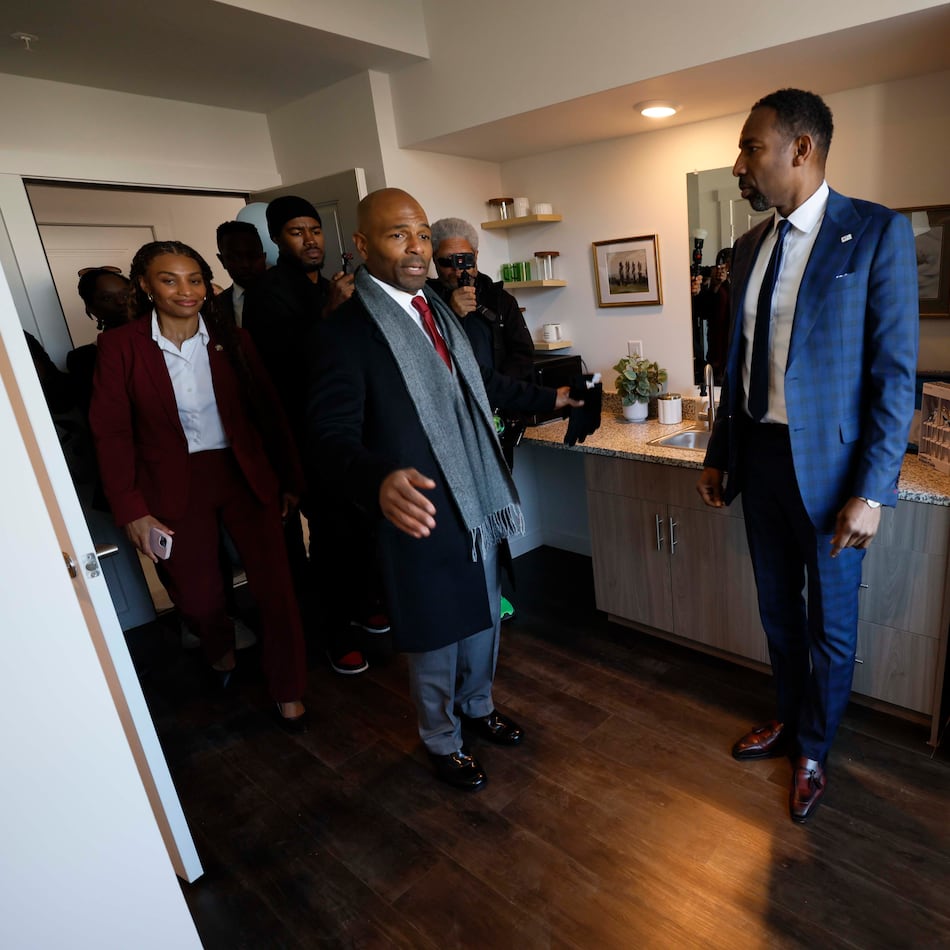Fulton parent Franchesca Warren is a former teacher, instructional coach, and district leader with a master’s in instruction and curriculum.
In this guest column, Warren says decisions around the reopening of schools ought to center on what is best for children.
Warren operates The Educator's Room, a popular national blog and podcast dedicated to empowering teachers, and founded the Facebook group South Fulton Parents for Education. She is in an August run-off for the District 4 Fulton County school board seat.
By Franchesca Warren
As school districts make the difficult decision around the reopening of school, there’s something that all superintendents, board members, and greater community must know --whatever decision is made it’s going to be HARD for students, parents, and teachers.
Because of that, we must make decisions on what’s best for children, not adults.
Before the summer started, parents, teachers, and students spent three months trying to find some sense of normalcy amid a pandemic where information on COVID-19 changed daily. Some days were filled with joy, while others filled with increasing frustration as we tried to fill in the gap of our highly specialized teachers.
From the pandemic to protests around police brutality and our young people actively marching for their voices to be heard -- the last three months of 2020 have been gut-wrenching for all.
As parents, we’ve tried to balance keeping our kids informed about the happenings of the world while diligently waiting for the word on how schools will reopen. Through all of my conversations with parents, there was one consistent feeling -- while we want things to go back to “normal,” more importantly, we want our children safe when schools reopen.
Safe to learn, safe to be a part of a vibrant school community, and safe to try to learn during this new normal.
While the cases of COVID-19 seem to have slowed in Fulton, we are starting to see other parts of the metro area and Georgia increase at a startling rate. For this, we need school districts to not only listen to the data but know that it’s going to take more than just instructional plans to make parents feel safe. It’s going to take personal protection equipment, cleaning supplies, clear communication plans, and grace to survive the 2020-2021 school year.
And above all of the idea of grace -- or continuous goodwill -- will cause us to continually pause and push through as we adjust to our new normal. From the fifth-grader, who feels behind from being in virtual school and may need more instructional supports, to the teacher who needs more help on technology platforms, the only way for us to survive will be, to be honest.
COVID-19 is unlike anything we’ve witnessed in our lifetime. Because of that, here are three points of consideration that keep parents up at night.
For the 2020-2021 school year, school districts are going to have to over-communicate every aspect of the back to school plans and instructional changes. From social media to text messaging to emails, we're going to need an overload of information just to be able to help our kids stay stable.
We need to focus on the social and emotional effects of kids being in quarantine for the past three to four months. Kids have missed their friends, their teachers, and just the normalcy of school. We have to allow time for kids to not only talk about their feelings but also teachers.
We must be flexible. Plans have been made to address potential COVID cases in schools, but we know that even the best-laid plans can be derailed. So, as parents, we may start school one way, and depending on the direction of this virus, we may have to adjust. This also applies to teachers because as they plan their lessons this summer, they will likely have to change them as they get more details on how school actually starts.
While we anxiously await the plans to be announced next week by several school districts, know that some parents will be ecstatic, and others will be mad. We must acknowledge that and then get back to the business of supporting our kids, schools, and teachers.
About the Author
The Latest
Featured




